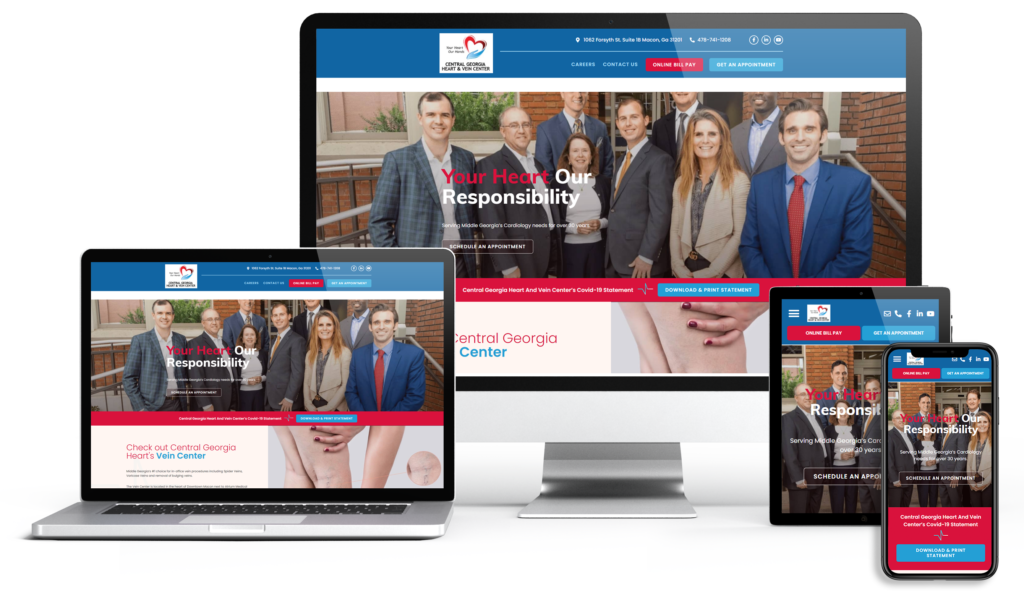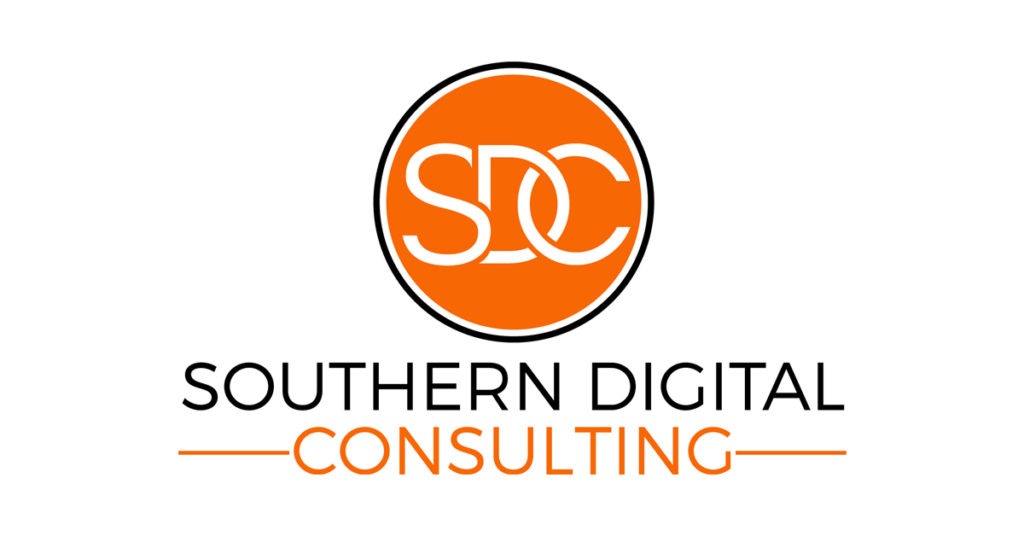Healthcare website design has become increasingly important in the modern world, as more and more people turn to digital solutions to meet their medical needs. People rely on them for information and advice, and they expect them to be easy to navigate and understand.
A doctor’s digital presence is often the first impression a potential patient will have of the practice, so it’s essential they look professional and convey trustworthiness. Good healthcare design isn’t about aesthetics; it’s about providing an enjoyable user experience that helps patients get what they need quickly and easily. It should also be accessible from all devices, including mobile phones. Since private and vulnerable information is frequently shared through these types of sites, security and abiding by HIPAA regulations must be a priority.
Benefits Of Healthcare Website Design
For medical professionals, having a well-planned site can be extremely beneficial. It allows providers to showcase their services in a professional manner and better connect with their patients. Individuals can find out more about the practice before they even come into the office. It should be kept up-to-date with current information about the practice and have easy-to-find contact information so patients know where to go if they need help or have any additional questions.
Medical sites have to offer an extra layer of security when it comes to handling sensitive patient information. Working with the right firm allows you to make sure your business stands out from the competition while also providing a secure platform for your customers to access important information.
Types of Healthcare Website Design
When it comes to building a site for doctors or other providers, there are numerous design options available. From basic informational sites to complex interactive ones, the possibilities are endless.
Brochure Site: A simple and straightforward way to communicate services and offerings. These sites usually contain static information like contact details and descriptions of services.
E-commerce Site: Offering more functionality than a brochure site, these allow users to purchase products or services directly. These websites are often designed with shopping carts, payment processing functions, and customer databases. E-commerce sites give you the option to drive sales by offering discounts and promotions.
Customized Site: Offering complete control over how patients interact with the business online. You’ll control everything, from the look and feel of the user interface to the content and features available on each page. Going with a fully customized option gives you more freedom in keeping with the needs of your patients.
No matter what type of web design you choose, it’s important to consider how users will interact with it and what kind of experience they’ll have when visiting. By taking into account user behavior and preferences, you’ll ensure maximum engagement with your target audience and ensure that they have a positive experience when interacting with your practice online.
Key Features To Consider When Creating A Healthcare Website
The right combination of features can be make or break. It’s important to keep in mind that no two designs will be the same, and each site should be tailored to the specific needs of the practice.
Certain features need to be included- clear navigation, relevant, accurate information, and an overall user-friendly experience. It’s also important to make sure that any images used are professional and appropriate. Having a search function on the site can help visitors quickly find what they’re looking for.
Any site for a medical professional should have login capabilities as well as forms that collect patient information securely and protect confidential data. Providing contact information allows patients to reach out with questions or comments if needed. Another feature to consider is a blog written to keep patients informed and up to date on important health-related topics.

It’s important to consider all of these features and ensure that they work together harmoniously. With careful planning and thoughtful execution, it’s possible to create a website that provides visitors with an enjoyable online experience that also meets their needs.
Understanding the User Experience
With any kind of site, user experience is key. This means understanding how users interact with the website design – what their goals are, what tasks they’re trying to complete, and how they want to access content. Creating a user-friendly site requires careful planning and research. Collecting data on user behavior can provide insights into how people use your site and help inform decisions.
It’s also important to consider accessibility- making sure text size can be adjusted or providing an audio version of website content for users who are visually impaired. Ensuring everyone has equal access will result in a better overall user experience.
Incorporating Responsive Design For Mobile Users
Creating a responsive design means mobile users can access everything without having to adjust device settings. Responsive design includes elements such as flexible grids and layouts, images, and media queries.
Incorporating these features into a medical-related site provides users with an optimal viewing experience across all devices. It guarantees visitors have a positive experience while navigating and they’re able to find what they need quickly and easily.
Site Security
Security is a major concern for any website, but especially in the medical field. Patients need to feel safe and secure; any breach of personal data could have serious consequences.
The first step is to choose a web hosting provider that takes security seriously. Look for providers offering the latest encryption technologies and authentication methods. It’s important to implement strong authentication protocols such as two-factor authentication and password strength requirements. Encryption should also be used to protect sensitive data.
There should also be robust firewalls in place to ensure patient information is safe. Firewalls will protect against malicious attacks and any other type of security breach. The firewall should also be regularly tested and updated in order to maintain an effective level of protection at all times.
Leveraging Search Engine Optimization
Search engine optimization (SEO) is incredibly important. It involves making sure content is visible, easily indexed, and well-presented to search engines like Google. This helps potential customers find you when they look for related topics.
SEO is a long-term strategy that requires continuous effort over time. This includes optimizing page titles and meta descriptions, creating content that offers value, ensuring internal and external links are set up correctly, and improving page loading speeds. SEO helps bring in more traffic which is beneficial for both businesses and users alike.
How Do I Ensure HIPAA Compliance?
Anyone who works in the medical field knows that compliance with HIPAA regulations is of utmost importance. This is true not only for the sake of protecting patients’ data and safeguarding against unauthorized access but also for ensuring that your website meets the standards set forth by the law.
First and foremost, you should hire a professional who is knowledgeable about HIPAA regulations to help you build a secure site that meets all of the requirements set forth by HIPAA. This includes ensuring that all patient data is encrypted and securely stored away from unauthorized access. They can help you develop policies and procedures to ensure that any user activity adheres to HIPAA guidelines.
You should also make sure that any third-party services or applications used are compliant with HIPAA regulations as well. It’s important to consider how often these vendors will be updating their systems and whether they offer a comprehensive audit trail so that you can monitor user activity.
Taking these steps will go a long way towards ensuring that your site meets all of the requirements laid out by HIPAA regulations. Doing so will give both you and your clients peace of mind knowing that their data is safe and secure.


Work with Southern Digital Consulting for Your Healthcare Website
With proper planning and research, you can create an effective and secure website that is tailored to your patient’s needs. Taking the time to understand how each aspect works together will help you create a great experience that meets both patient expectations and HIPAA regulations.
The idea of taking on such a big undertaking can be a daunting task, but with the right knowledge and resources, it doesn’t have to be. When you’re ready to build your healthcare website, it’s important to work with a firm that knows what it takes. Southern Digital Consulting has ample experience building medical websites, so when you’re ready to have a site that helps your practice stand out and keeps your patients informed and happy, you know who to call.


